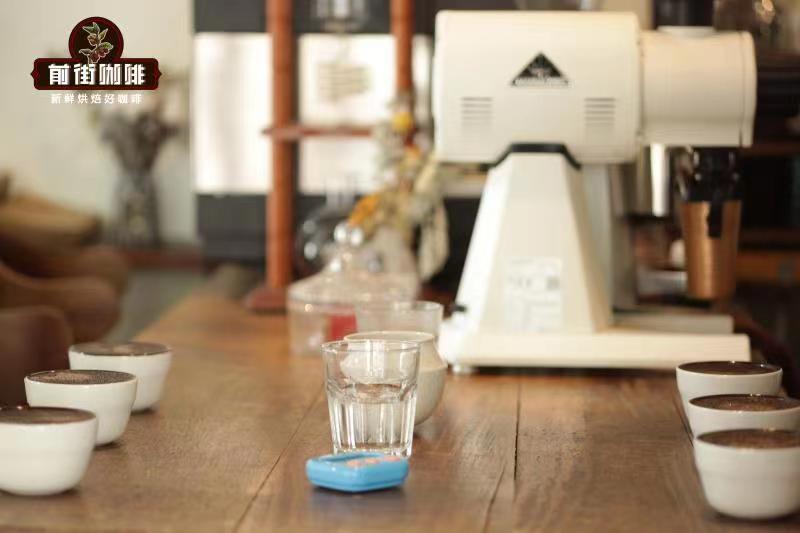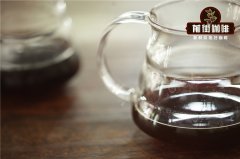What are the coffee producing areas of the Great Lakes in Africa? Tradition of coffee in Rwanda, Tanzania
Coffee-producing areas located in countries around the Great Lakes of Central Africa-Rwanda, Burundi and the main growing areas of Uganda, Tanzania and the Democratic Republic of the Congo-appear more frequently in the news cycle because of conflict than coffee. But these countries are also long-term coffee producers, and in the past decade or so, they have become an important source of unique high-end boutique coffee.
For those familiar with the region's extraordinarily difficult history, the recent broad shift from commercial coffee (often carelessly harvested and dried) to well-managed, high-quality, high-value professional production may seem magical. The historical challenges facing farmers are daunting: little agricultural technical support and training; lack of funding; extremely low coffee prices; weak overall infrastructure and, in some cases, brutal civil wars that often last years or even decades.

However, the potential advantages of producing quality coffee in these areas are equally profound: industrious farmers, relatively high growth elevations, volcanic soil, and the temperature regulation effects of the region's huge freshwater lakes in some cases. Lake Victoria is the third largest freshwater lake in the world, and Lake Tanganyika, bordering Burundi, is the second largest freshwater lake in the world. Lake Kivu is much smaller, but it is still a very large lake, directly near the main growing areas of Rwanda and Congo.
But the most important thing is the variety of trees. All the coffee we comment on here, with the exception of Uganda, consists entirely or mainly of native Arabica bourbon varieties, which have long been grown in the region and are highly respected for their tendency to complex aromas and strong sweetness. usually juxtaposed with delicious resonance.
From commodity to specialty
Almost all coffee from these areas is produced by small farmers, most of them poor and most of them cultivated on their own land. However, the leadership and structure of the coffee industry in these countries are often brutally undermined by civil wars and violence and do not succeed in encouraging well-organized cooperatives that produce most of the best coffee in Ethiopia and Kenya. these two African origins are the darlings of boutique coffee roasters around the world.
The traditional treatment of coffee in the Great Lakes region of Africa
In some areas, the outline of the "classic" cup is selected: bright and balanced, smooth and full, fresh, usually juicy, acidity. Most coffee is solid and enjoyable.
Most Great Lakes coffee in Africa is processed by traditional wet processing, which means that the peel and pulp are removed from the beans immediately after harvest and before drying. The "classic" features described above apply to the best of these coffees. But about 20% of the coffee we receive is processed naturally or dry, which means that the beans or seeds are dried and wrapped in the whole fruit. Some of the submissions are all natural, while others are processed with honey, which removes the skin of the coffee fruit in the same way as washing, but leaves some fruit residue on the seeds during drying.
Important Notice :
前街咖啡 FrontStreet Coffee has moved to new addredd:
FrontStreet Coffee Address: 315,Donghua East Road,GuangZhou
Tel:020 38364473
- Prev

Don't forget to drink a cup of coffee at home and make coffee at home.
Recently, in the case of epidemic prevention at home, when people can hardly go anywhere, they want to buy a cup of coffee as they usually do at work, or enjoy a nice afternoon tea in a coffee shop on a leisurely afternoon, or wear headphones and immerse themselves in a world of books that once subconsciously made people think of a place to relax. Now people miss it very much, but they love coffee.
- Next

What is coffee? Is coffee healthy for your heart?
Hand-brewed coffee brewed through filter paper enhances heart benefits over French Press or espresso Coffee is a healthy drink and is even healthier if brewed with filter paper. Researchers in Norway collected health data on 508,747 men and women aged 20 to 79, and followed them on average.
Related
- Beginners will see the "Coffee pull flower" guide!
- What is the difference between ice blog purified milk and ordinary milk coffee?
- Why is the Philippines the largest producer of crops in Liberia?
- For coffee extraction, should the fine powder be retained?
- How does extracted espresso fill pressed powder? How much strength does it take to press the powder?
- How to make jasmine cold extract coffee? Is the jasmine + latte good?
- Will this little toy really make the coffee taste better? How does Lily Drip affect coffee extraction?
- Will the action of slapping the filter cup also affect coffee extraction?
- What's the difference between powder-to-water ratio and powder-to-liquid ratio?
- What is the Ethiopian local species? What does it have to do with Heirloom native species?

